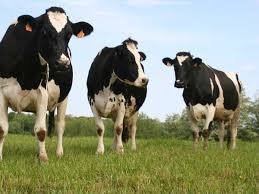Unified Registration Portal for GOBARdhan – Current Updates (September, 2023)
In a significant move towards enhancing the utilization of biodegradable and organic waste, the Ministry of Jal Shakti has introduced a unified registration portal for GOBARdhan. This initiative is set to streamline the registration process for compressed bio-gas (CBG) and biogas plants across the country.
Simplifying Registration with a Unified Portal
The Department of Drinking Water and Sanitation (DDWS) announced the launch of the unified registration portal, aimed at simplifying the registration of CBG and biogas plants. This digital platform will facilitate smoother access to the Market Development Assistance (MDA) scheme offered by the Department of Fertilizers.
Eligibility for Market Development Assistance
Over 1,163 biogas plants and 426 CBG plants have already registered on this unified portal. These registered plants are now eligible for support under the Market Development Assistance (MDA) scheme.
New MDA Guidelines
Under the updated guidelines, CBG and biogas plants can receive MDA assistance amounting to Rs 1500 per metric ton (MT) for the sale of Fermented Organic Manure (FOM), Liquid Fermented Organic Manure (LFOM), and Phosphate Rich Organic Manure (PROM) produced through the GOBARdhan initiative.
Boosting the GOBARdhan Initiative
This development is expected to give a significant boost to the GOBARdhan initiative. By offering financial incentives for the sale of organic fertilizers produced from biogas and CBG plants, the initiative aims to encourage greater adoption and utilization of these valuable resources.
Registration and Compliance Requirements
To be eligible for MDA assistance, manufacturing plants must complete their registration on the unified GOBARdhan portal of the DDWS. Additionally, they must adhere to the specifications outlined in the Fertilizer Control Order (FCO) concerning organic fertilizers.
The Vision of GOBARdhan
The GOBARdhan initiative’s vision is to transform biodegradable and organic waste sources, including cattle dung, agricultural residues, and biomass, into high-value resources. This includes the production of biogas, CBG, and organic manure, contributing to a sustainable and eco-friendly future.
Month: Current Affairs - September, 2023
Category: Government Schemes Current Affairs







